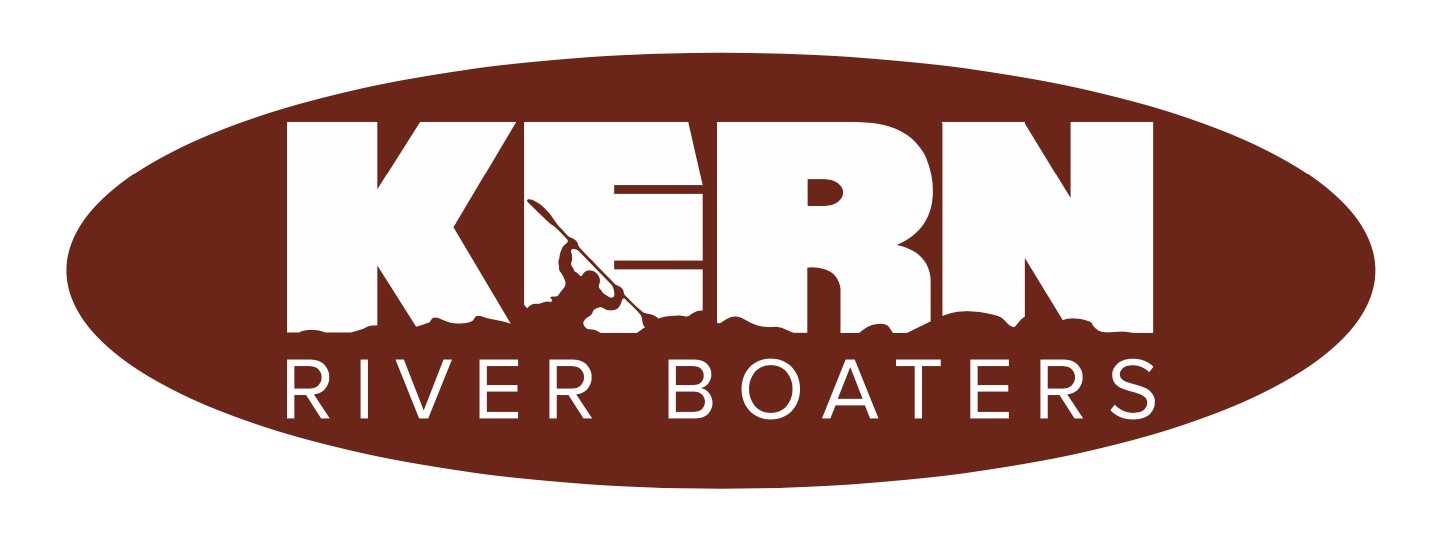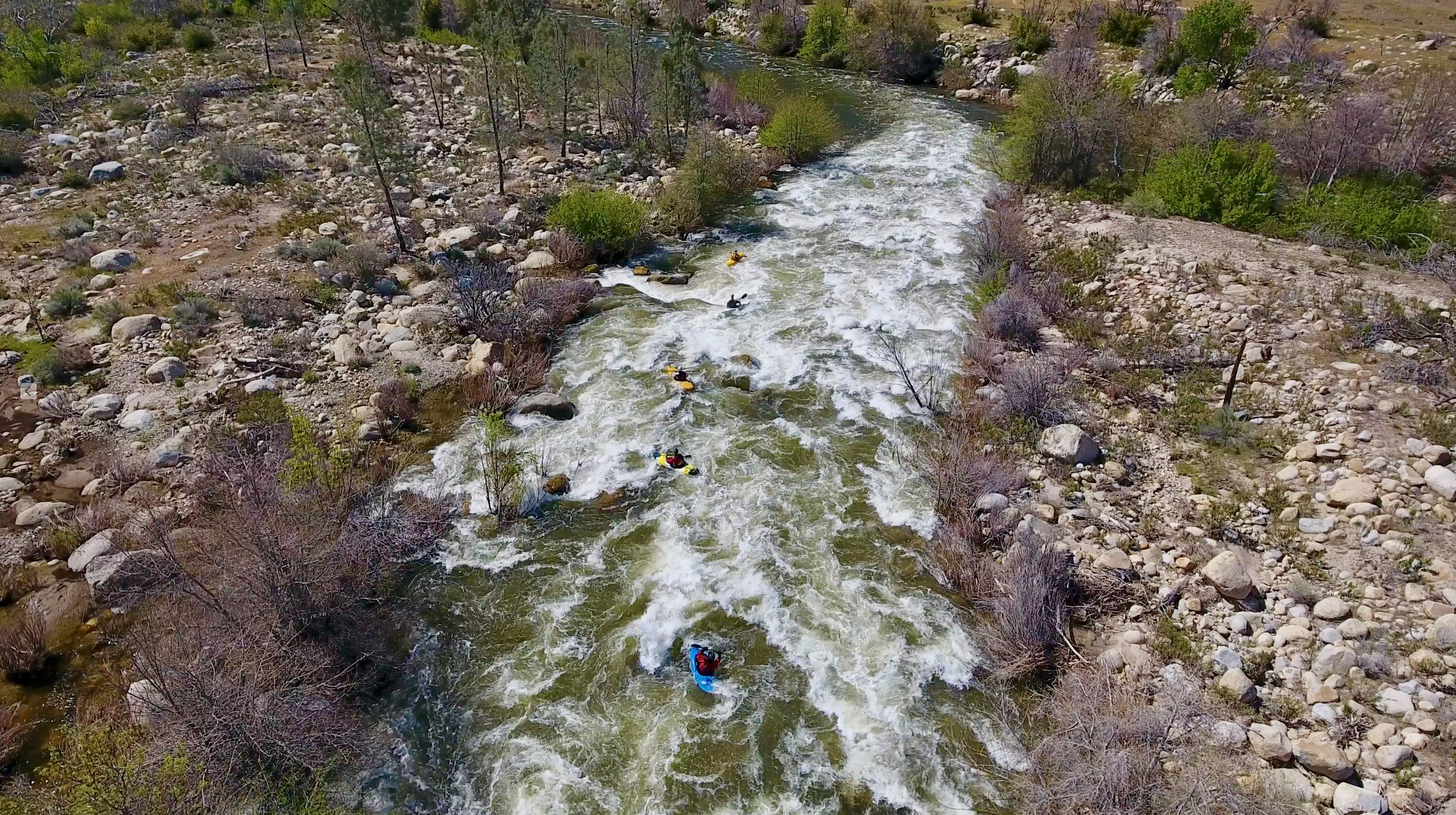Edison has published yet another boater survey pursuant to its attempt to relicense KR3 for the next 40 years. Here’s our TL/DR take on it: (1) Mark the lowest flow you would boat on the best low flow segment (and all higher flows you like) as “5/totally acceptable,” (2) leave flows you don’t know or have questions about blank, and (3) provide the same answers for each river segment.
Our more detailed explanation:
The rating scale for each river segment — 1/totally unacceptable, 2/somewhat unacceptable, 3/marginal, 4/somewhat acceptable, and 5/totally acceptable — is nonsensical. If the judgment is that a segment “somewhat unacceptable,” doesn’t that necessarily imply that the segment is also somewhat acceptable? And vice-versa.
The rating scale is vague and subject to misuse. The point of this effort is to resolve the question of what flows are minimally acceptable and optimal. At no point does the rating scale use those terms. Although one might infer that a somewhat acceptable or even marginal flow is minimally acceptable, each can imply there to be short-of-acceptable — i.e., unacceptable — elements in that flow, excluding it as a minimally acceptable flow.
Determining flow preferences by segment is nonsensical and can only lead to a reduction in boating days. Edison cannot supply different flow levels to different river segments. The question for each boater should instead be, “at what flow would you return to boat the dewatered reach?” Every such day lost to the project diversion should be accounted for. Answering the survey in the manner we suggest accomplishes that goal.
Edison has been vigorously trying to hold the line set during the last proceeding that the project has no effect on boating at flows below 700 cfs. That line allows Edison to argue — as it does in its draft license application — that “the limitation of whitewater boating opportunities . . . is due to the lack of snowpack in the watershed, not Project operations diverting water from the Fairview Dam Bypass Reach.” Holding Edison accountable for days lost in the 300-700 cfs range will knock its argument out of the water and set the stage for real mitigation like we seek in our recreational flows proposal (which is focused on the big-water months of April, May, and June).
Edison will argue that KR3 only effects boating when the highest-flow river segment is affected — i.e., unless the whole river would be runnable, the diversion has no effect; flows are only valuable if the whole river can be run. We believe that is false — boaters routinely spend their days lapping a segment or two or three of the Upper Kern; if the project diversion denies us that, it has denied us a boating day.
Note on the minimum acceptable flow box: Enter the very lowest figure you know you would paddle (for example, in a dry year); if you don’t personally know, we can affirm from experience, including the “enhanced flow study” conducted a few weeks ago, that 250 is fun and fine on Fairview and Chamise, affording Class 2 to Class 3+/4- boating.
Note on the optimal flow box: Optimal flows will end up above minimally acceptable flows, and we will use that evidence to further justify our proposal. In the last proceeding, they were deemed to start at 1,000 cfs for kayaks and 1,200 cfs for rafts. It is an oddity that Edison has not allowed us to provide a range of optimal flows like they did in the initial boater survey; optimal flows are usually expressed with a range, not a single figure. For that reason we would caution you to respond with your lowest “optimal flow” figure.
We also firmly believe that boaters are adaptable: if there’s water, we’ll find a way to boat it; just get us the water. For that reason, we think boaters should check all boxes relating to preferences for day of week and season. Edison will seize on any large preferences in one area to deny flows in others.





